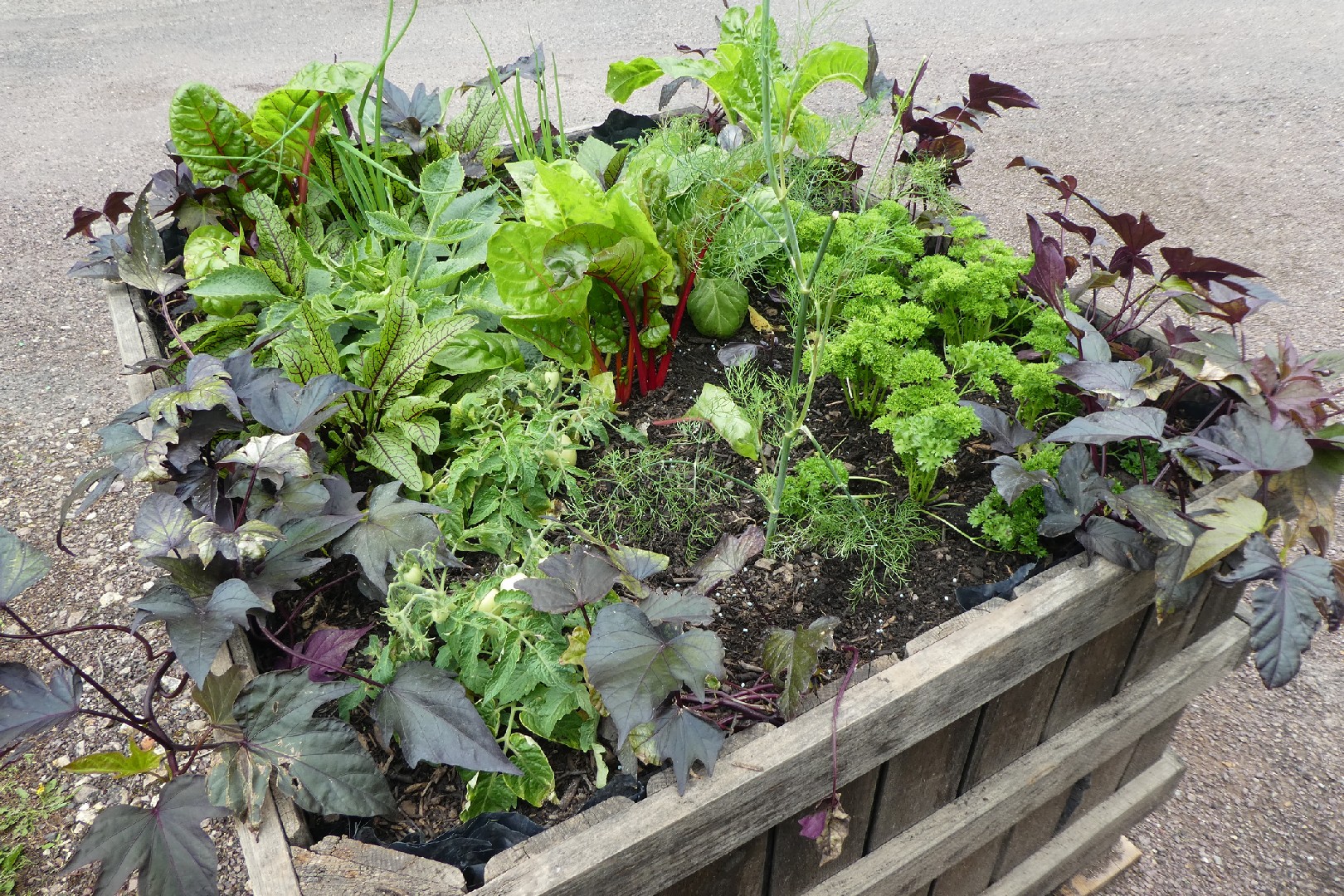![Rectangle]()
The Science of Companion Planting: Understanding the Basics
Companion planting is more than just a gardening technique – it's a way to unlock the true magic of growth in your raised bed garden. By strategically planting different types of plants together, you can create a harmonious ecosystem that fosters plant health, improves soil quality, and naturally deters pests. In this section, we will delve into the foundational principles of companion planting and explore its numerous benefits.
At its core, companion planting is about understanding the relationships between different plants and how they can support each other's growth. Certain plants have natural affinities for one another, and when grown together, they can boost each other's health and productivity. For example, planting beans near corn helps provide nitrogen to the soil, which is essential for the corn's growth. In return, the corn provides vertical support for the beans to climb, creating a symbiotic relationship between the two.
Maintaining soil health is crucial for any successful garden, and companion planting plays a vital role in achieving this. When you mix different types of plants in your raised bed garden, you create a diverse and balanced ecosystem that enhances the soil's fertility. Some plants, known as nitrogen fixers, have the ability to convert nitrogen from the atmosphere into a usable form that other plants can absorb. By incorporating nitrogen-fixing plants like legumes into your garden, you can naturally improve the soil's nitrogen levels, benefiting neighboring plants that require nitrogen for healthy growth.
In addition to soil health, companion planting also acts as a natural pest deterrent. Some plants emit odors or release compounds that can repel specific pests, effectively protecting nearby plants. For example, marigolds are well-known for their ability to repel nematodes, tiny soil-dwelling worms that can damage the roots of many plants. By interplanting marigolds with susceptible plants, you can ward off nematode infestations and preserve the health of your garden.
To implement companion planting successfully, it's essential to consider factors such as plant compatibility, growth habits, and nutrient requirements. Researching and planning your garden layout in advance can help you choose the best plant combinations that align with your gardening goals. Additionally, rotating crops annually and practicing proper plant spacing can further optimize your garden's productivity and minimize the risk of disease and pest outbreaks.
By incorporating companion planting techniques into your raised bed garden, you can create a thriving and balanced ecosystem that promotes plant health and boosts overall productivity. With a little bit of knowledge and thoughtful planning, you can unlock the growth magic in your garden and enjoy the bountiful rewards of your efforts.





